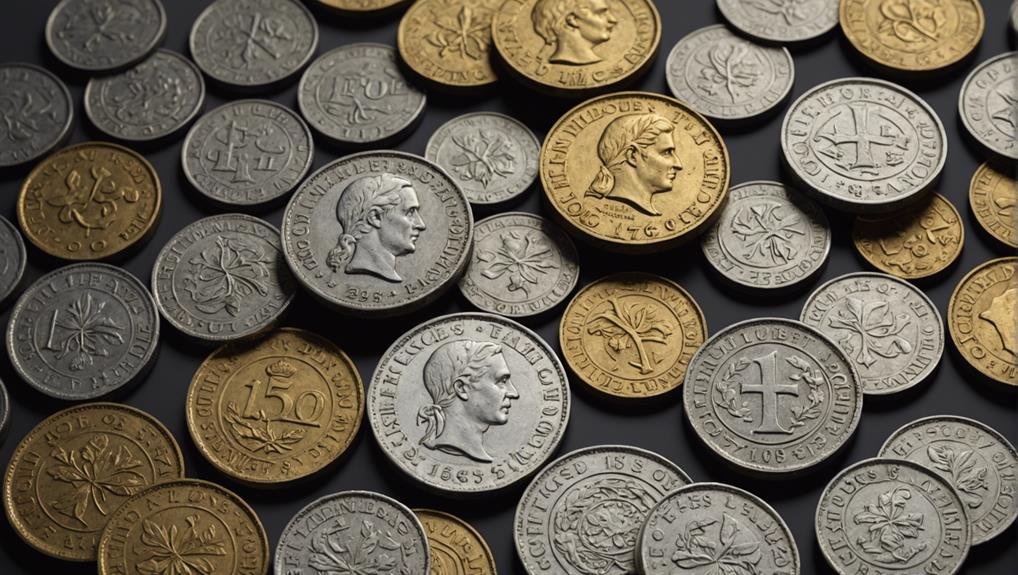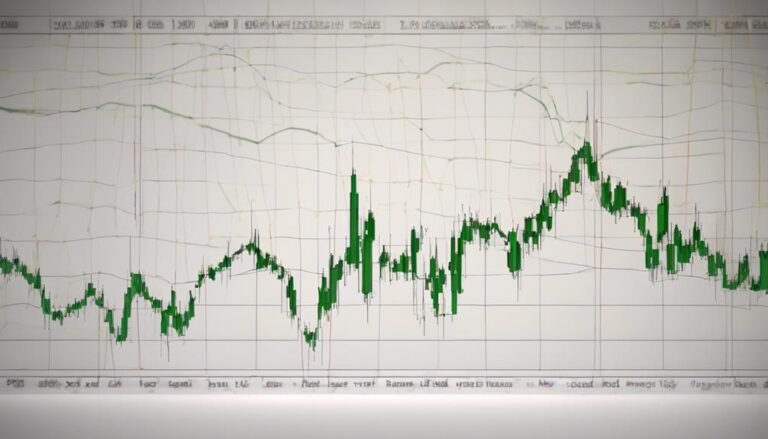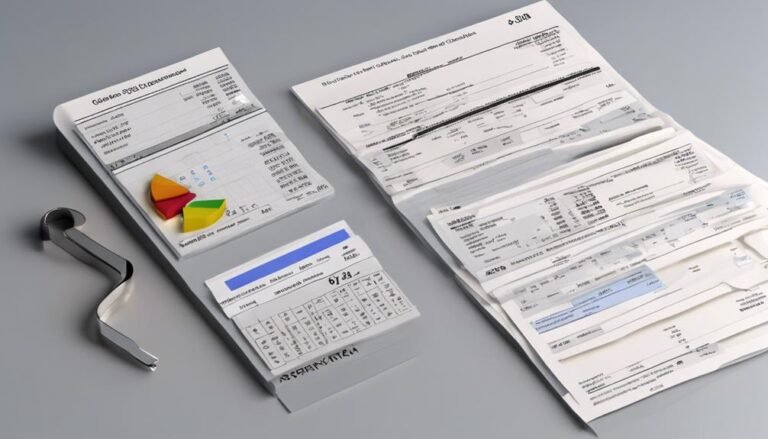French Franc (F): Rich History and Legacy
The French Franc (F) boasts a compelling history, from its origins in 1360 following King John II's captivity to its role during the transformative French Revolution and golden age of industrialization in the 19th century. Joining the Latin Monetary Union in 1865 solidified its international trade influence, ultimately paving the way for its shift to the Euro in 2002. The Franc's legacy endures, reflecting France's economic prowess and resilience. With each coin and note, the Franc bears witness to a nation's journey through economic milestones and transformations. Its collectible value serves as a tangible reminder of a bygone era.
Key Takeaways
- French Franc evolved from 1360 to 2002, with significant transformations during the French Revolution.
- Industrialization in the 19th century elevated the Franc's international prominence.
- Adoption of the euro in 2002 marked the end of the French Franc's era.
- French Franc's legacy includes stability, economic impact, and cultural significance.
- Collectible French Francs hold historical value, sought after for unique designs and cultural appeal.
Evolution of French Franc
The evolution of the French Franc, from its inception in 1360 to its eventual replacement by the euro in 2002, showcases a rich and dynamic history of currency development and economic shifts in France.
Originating after King John II's capture by England, the French Franc underwent significant transformations, particularly during the French Revolution.
The 19th-century industrialization period propelled the Franc's international significance, positioning it as a key currency within Europe.
France's membership in the Latin Monetary Union in 1865 further solidified the Franc's role in international trade.
Ultimately, the approval of the Maastricht Treaty in 1992 set the stage for the adoption of the euro in 2002, marking the end of the French Franc's era but underlining its historical significance in shaping France's economic landscape.
Impact of Industrialization
With industrialization shaping France's economic landscape during the 19th century, the French Franc experienced a significant boost in international prominence. The Industrial Revolution brought about technological advancements, leading to increased production and economic growth in France. This period saw the rise of industries such as textiles, iron, and coal mining, transforming France into a major industrial power.
The expansion of factories and infrastructure stimulated trade both domestically and internationally, enhancing the demand for the French Franc. As the economy flourished, the French Franc became a symbol of France's industrial prowess and economic strength. The industrial revolution played an essential role in elevating the French Franc's status on the global stage, solidifying its position as a respected currency.
Transition to the Euro
Amidst the changing economic landscape of Europe, France initiated a significant monetary shift by adopting the euro currency from the French Franc in 2002. This change marked a pivotal moment in France's economic history, impacting various sectors and individuals.
Currency conversion posed challenges and opportunities for businesses and consumers alike. The switch to the euro had profound economic implications, affecting trade, investment, and monetary policies. While the euro brought stability and facilitated cross-border transactions within the Eurozone, it also required adjustments in pricing and financial systems.
Legacy in Modern Economy
France's integration into the Eurozone marked a significant shift in its economic landscape, paving the way for the French Franc to leave a lasting legacy in the modern economy.
While the French Franc is no longer in circulation, its impact on currency stability and economic policies is still evident. The shift to the euro brought about increased stability in the French economy, as the euro has shown resilience since its introduction in 2002.
This stability has contributed to France's overall economic performance, with GDP growth averaging about 1.09% per year from 2002 to 2021. The French Franc's legacy in the modern economy underscores the importance of stable currencies in fostering economic growth and financial security.
Collectible Value of Francs
The enduring allure of French Francs lies in their status as coveted artifacts among numismatists and collectors alike. French Francs hold significant historical significance and are sought after in the numismatic market for their unique designs and representation of France's rich history. Collectors value these coins and banknotes not only for their monetary worth but also for the cultural and historical value they embody. The table below showcases some examples of French Francs and their approximate collectible values in the current market.
| Denomination | Year | Approximate Value |
|---|---|---|
| 1 Franc | 1946 | $10-20 |
| 5 Francs | 1933 | $30-50 |
| 20 Francs | 1950 | $50-100 |
| 100 Francs | 1954 | $100-200 |
| 500 Francs | 1968 | $200-400 |
Conclusion
To sum up, the French Franc, with its rich history and lasting legacy, stands as a symbol of France's economic strength and influence. Through its development, impact of industrialization, shift to the euro, and continued collectible value, the Franc has left an indelible mark on the global economy.
Its significance transcends its discontinuation, serving as a reminder of France's economic prowess and contributing to the cultural and historical tapestry of the country.







